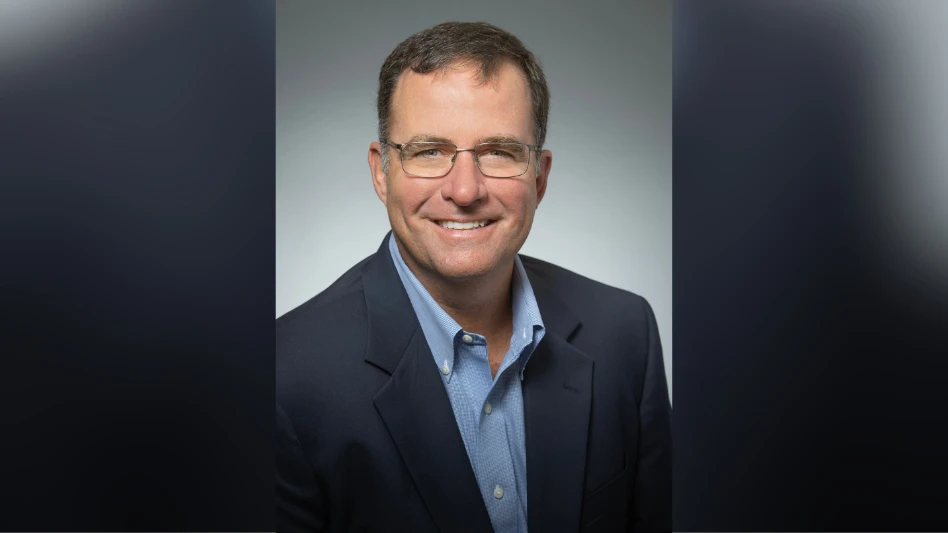

Years ago, the EPA mandated that any groundbreaking over an acre requires some sort of erosion control measure be put in place. That’s when Express Blower in Eugene, Ore., really came into the picture, says Express Blower Marketing Manager Carla Severe.
“We have been doing erosion control for over 20 years, and it’s just keeping up with what the environmental regulations are,” Severe says.
Keeping up with those regulations sometimes leads to user-side improvements as well. As the deadline to conform to Tier 4 final approached, engineers at FINN Corporation, Express Blower’s sister company in Fairfield, Ohio, made a number of changes to the technologies in their machines including hydrostatics. Those changes resulted in an immediate response from the control systems where previously there had been a lag behind, says Matt Hoffman, vice president of marketing and sales at FINN Corporation.
“Technological leaps and changes are going on because of the industry requirements. Contractors and manufacturers alike are demanding more advanced machines,” Hoffman says.
While many changes in equipment are due to adapting to government regulations like Tier 4, other equipment advancements are driven by the customer. In fact, FINN Corporation held small focus groups to find out what’s important to the people buying their machines, Hoffman says.
“We took all of that feedback and put together our product plan so we could check all the boxes of everything everybody was asking for. We did use a lot of feedback specifically from contractors so we could capture the things that they thought were needed in the market,” he says.

Strange and Curious Places.
One of the areas of importance identified through those focus groups was a need for longer spray distances. As cities are becoming more populated, people are getting creative about where they are building homes and roadways. More projects are being built on hillsides and in other challenging areas that require further spray distances to put down erosion control measures. This, coupled with an increase in forest fires, droughts and flooding, are forcing people to be cognizant of erosion control principles, and that’s making them do some “strange and curious things,” Hoffman says.
Another tricky location for erosion control measures are green roofs. Green roofs are gaining popularity because they filter all of the gray water that is typically caught on a rooftop before it gets down into the streets and waterways. The challenge is moving all of the necessary materials up there.
“Traditionally, you’d have to take it up a freight elevator or walk it through a building, which were long and arduous efforts,” Hoffman says. “We have technologies in our bark blowers and some of our bigger machines to effectively move that material straight up hoses on the sides of the buildings up to those rooftops. That’s a significant advantage that can reduce labor and be more efficient.”
“We have customers that have blown a green roof 30-plus stories high, where before you have to have cranes and wheelbarrows and shut down a street practically,” Severe says. “This has opened up some eyes about how you can do it safer and faster.”
Versatility.
Another frequent customer request of manufacturers is the ability to process different materials through the machines. There are dozens of products that can be used together for effective erosion control, from geotextiles to straw blankets, and hydroseeding to silk fences. FINN equipment offers improved pumping technologies to support those different materials, Hoffman says.
“We have found through hundreds of thousands of gallons of testing that a centrifugal pump is by far the most efficient and effective design with the wide variety of materials that are processed,” he says. “On one of our machines, we even have the ability for someone to choose between the two types of pump technologies, the other being vortex.”
“Technological leaps and changes are going on because of the industry requirements.” Matt Hoffman, VP of marketing at FINN Corporation
Labor Savings.
As the industry struggles with finding enough workers and keeping costs down, equipment manufacturers must focus on products that can make contractors more efficient to reduce their costs and reliance on labor, Hoffman says.
“The speed and efficiency of how you mix and spray is important. We’ve introduced some technologies that have helped us reduce processing time in the mixing system of the large tank hydroseeder.”
The system, called the Integrinder, has shredding and integrated within the tank, and a basket catches this material and shreds it before it gets into the slurry mixture. Old technologies would grind above the tank, which was at best inefficient and at worst dangerous. The Integrinder also features a water curtain that the materials pass through within the tank. This mitigates airborne dust and protects workers, Hoffman says.
Even if a contractor’s fleet is stocked with the latest equipment, if they aren’t trained up properly, they won’t get the best results. Hoffman encourages contractors to seek out reputable manufacturers who have established themselves as leaders and who are Certified Professionals in Erosion & Sediment Control.
“Seek out people that can help you when you have questions. We see companies who want to get into the industry quickly to see if they can turn a buck, but they haven’t really designed and vetted that product so that it’s effective for that application,” he says. “You want to work with companies that have an understanding of the environment and of what’s required to be successful.”
Get curated news on YOUR industry.
Enter your email to receive our newsletters.
Explore the April 2020 Issue
Check out more from this issue and find your next story to read.
Latest from Lawn & Landscape
- LandCare adds 2 branches in SoCal, promotes Aleman to branch manager
- Spray them away
- PERC helps debut propane direct-injection fuel system at ACT Expo 2025
- Retargeting Ads – A Secret Weapon for Growing Your Lawn Care Business
- Leading a growing company
- Project EverGreen launches Clean Air Calculator
- Rain Bird acquires smart lawn care company OtO from Toronto
- PBI-Gordon names Marvin as VP of research and development





